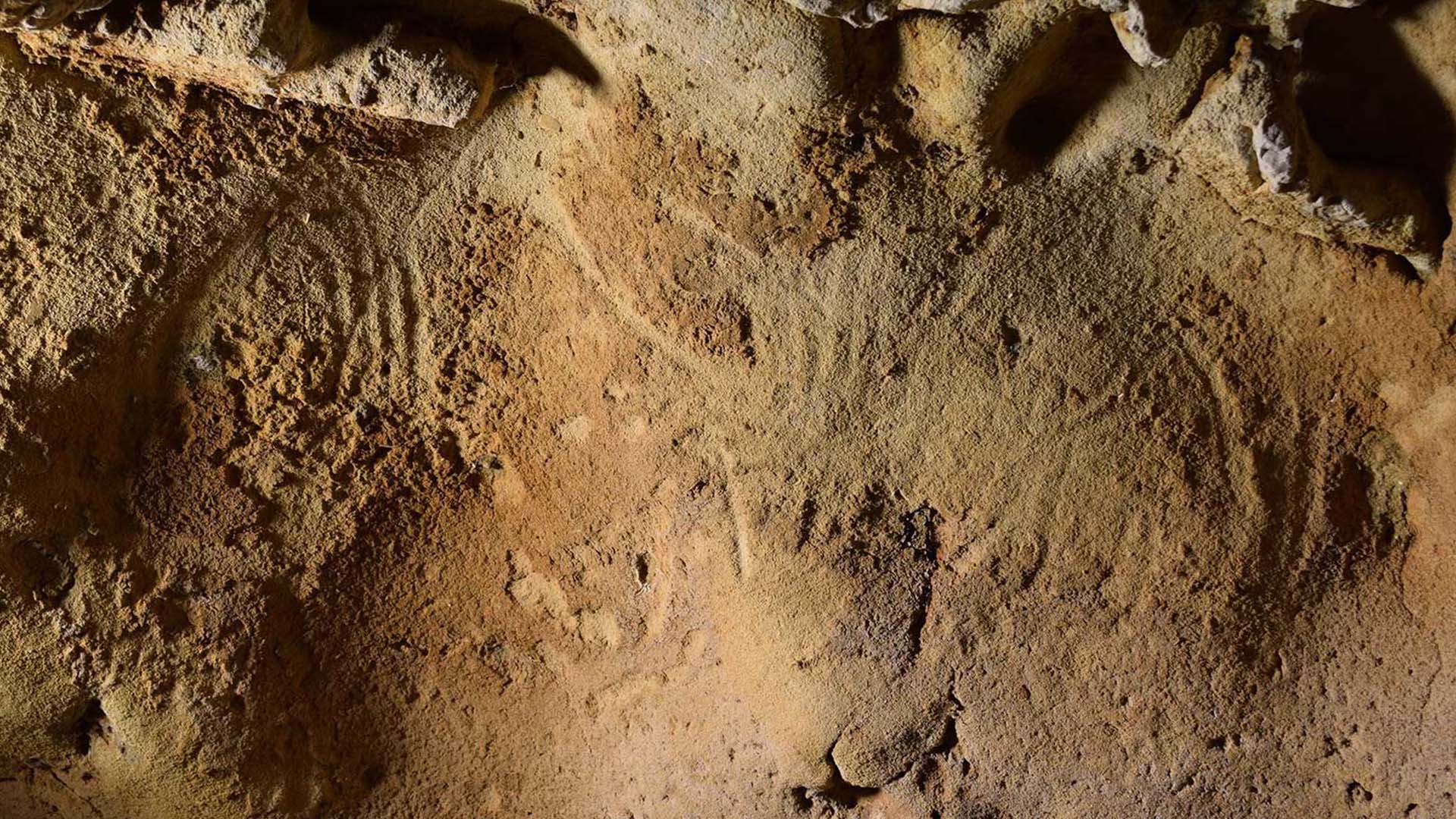Scientists have recently discovered the oldest known Neanderthal cave engravings, which are estimated to be approximately 57,000 years old.

A recent study published in PLOS One by Jean-Claude Marquet and colleagues from the University of Tours, France, analyzed and 3D modeled the cave markings, comparing them to other wall drawings to confirm that they are organized and intentional which indicates that they’re man-made.
The same team examined the sediment layers that had buried the cave’s opening to date the drawings. The analysis indicated that the area had been sealed with the engravings inside for at least 57,000 years and perhaps as long as 75,000 years ago. Previously, the oldest-known cave drawings attributed to Neanderthals were found in Gorham’s Cave, Gibraltar, and dated back approximately 39,000 years ago.
Supported by the cave’s variety of stone tools which are only Mousterian, a technology associated with Neanderthals, researchers have concluded that Neanderthals were likely the cave art creators.
“For a long time it was thought that Neanderthals were incapable of thinking other than to ensure their subsistence,” notes archaeologist and study co-author Jean-Claude Marquet, of the University of Tours, France. “I think this discovery should lead prehistorians who have doubts about Neanderthal skills to reconsider.”
The drawings were discovered in La Roche-Cotard, an ancient cave located in the Centre-Val de Loire of France. First found in 1846 during the construction of a railroad line, the area was first excavated in 1912 where they found prehistoric stone implements and cut-marked bones of horses, deer, and bison – indicating that Paleolithic hunters had inhabited the area thousands of years ago.
Researchers made a plotting analysis and used photogrammetry to create 3D models of the markings, comparing them with known and experimental human markings. Based on the spacing, shape, and arrangement of the engravings, the team was able to conclude that they were man-made creations.
The results of the study suggest that the designs were created when human hands worked the soft chalk wall, a material known as tuffeau, made of fine quartz grains and ancient mollusk shell fragments. The rock is permeable and covered with a delicate sandy-clay film.
“When the tip of a finger comes into contact with this film, a trace is left in the shape of an impact; when the tip of the finger moves, an elongated digital trace is left,” Marquet says.
The team of researchers worked to reproduce this method in a nearby cave made of the same type of rock, marking walls using tools of wood, antler, stone, and bone to produce engravings similar to the historic examples.
“The authors present as convincing a case as can be made from a site disturbed by early excavations that the animal and human marks on its walls were left long before the arrival of our own species in Europe,” says archaeologist Paul Pettitt of Durham University in England, who wasn’t involved with the research. “Given that the cave’s archaeology is exclusively indicative of Neanderthals, with no evidence of subsequent Upper Paleolithic occupation, presumably because the cave was by this time inaccessible, this provides strong indirect, cumulative evidence that Neanderthals produced the finger markings.”
Though the intent behind the non-figurative symbols is unclear, they are of a similar age to cave drawings made by homo sapiens in other parts of the world. This adds to the body of evidence that Neanderthals are as similarly diverse and complex as our own ancestors.







